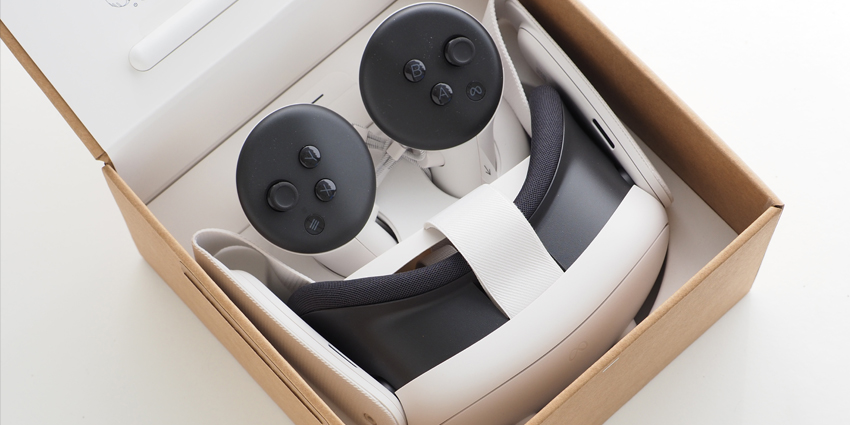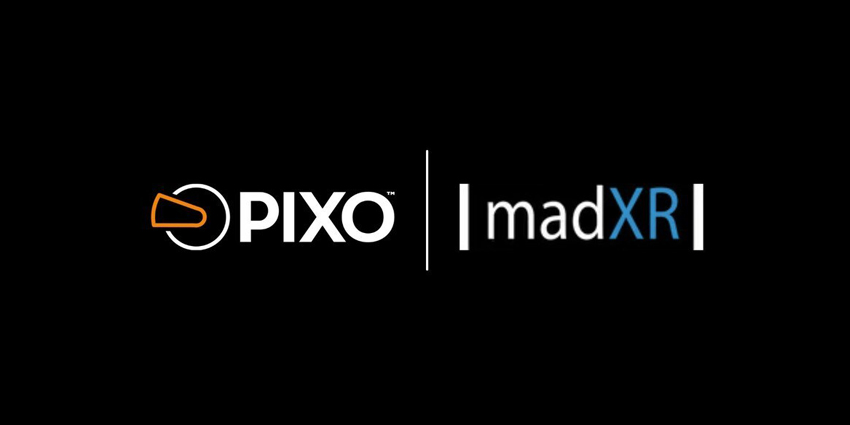With a recent PwC report claiming that VR and AR have the potential to add a staggering USD 1.5 Trillion to the global economy by 2030, it’s safe to assume the technology will play a significant role in shaping our future.

Everyday we’re given new examples of how XR is transforming industries and changing the way people communicate in both the enterprise and the consumer spaces – and the broadcasting sector is a perfect example of how this is happening.
To discuss the trend in more detail, we invited Matt McCartney, Head of Immersive at SKY to tell us about his thoughts and opinions on where the XR space is heading in 2021 and beyond.
As Head of Immersive, McCartney’s role is to explore how AR, VR, and other immersive technologies can enhance or augment the audiences’ viewing experience. Much like we’re currently seeing in the enterprise marketplace today, McCartney tells us that XR’s arrival in the broadcasting sector marks a significant turning point for the industry.
“I am a firm believer that within the broadcast sector we are now entering the ‘immersive wars,’ in that, all broadcasters are now looking for ways to strengthen and elevate the connection between their content and their viewers, and XR technology has a massive role to play in that space,” McCartney adds
When you look back on the history of telecommunications, technology has always driven evolution. In its earliest from, telecommunications began when smoke signals and drum beats were used to transport information from one village the next. Since then, we’ve had the telegraph, the telephone, radio, television, the internet, the smartphone, and now XR marks the next wave of technologies that are going to change the world of comms forever.
While SKY has already been delivering XR experiences to its audience for several years, McCartney tells us that it’s only now, during a global pandemic, that the XR trend is really starting to take off. Additionally, the arrival of high-quality, affordable virtual reality headsets like Facebook’s Oculus Quest 2 means the technology is now widely available to the masses.
In October 2020, Sky launched Sky Worlds for Oculus Quest: a sports viewing platform that offers live co-viewing and 180-degree stadiums for virtual Premier League football matches. So far, Sky Worlds has been a huge success, proving the appetite for virtual reality experiences is rapidly growing in the consumer marketplace.
Though McCartney’s primary function as a broadcaster is to serve the consumer’s needs, his years of experience in immersive technology give him valuable insight into where the marketplace is heading as a whole. McCartney tells us that for the enterprise, he expects to see XR wearables being used more frequently in training, education, healthcare, and science pushing forward.
“My opinion is that these areas will grow, especially around training and connectivity within the broader corporate community. I think it is safe to say remote working will be around in some form for a long time now, if not permanently, and XR offers a much more natural and enjoyable way to connect with people compared to a traditional 2D screen.”
Based on what McCartney knows about XR from a consumer broadcasting perspective, we asked him if he believed businesses are likely to invest more in VR and AR technologies to advertise in the future. Like Sky Worlds, immersive and spatial advertising, according to McCartney, would no doubt increase customer experience and create many new opportunities for businesses to differentiate their offer, engage with their audiences, and drive conversion rates.
Regarding the AR smart glasses space, McCartney agrees that the arrival of prominent tech vendors like Apple, Facebook, and Amazon within the next few years will play a significant role in pushing the industry forward. However, he tells us that it will take more than just headsets to make AR wearables a success.
“5G and edge computing both have significant roles to play, and the more widely available and usable both of those technologies become then the more successful AR wearables will be in future”
He also adds that, while he believes smart glasses will become the dominant comms tool for consumers and enterprise users alike, the price point will have to come down significantly before people adopt the technology at scale. He also added that the field of view and the lens quality would need to improve, while the headsets themselves will have to become much lighter and more comfortable to wear for long periods.
Finding this balance between comfort and functionality, then, will be a key priority for vendors like Facebook, Apple, and Amazon pushing forward. To do this, McCartney believes success will depend on how much processing can be done inside the cloud and how much data can be streamed into a headset with little to no latency.
While there have been some exciting announcements in the smart glasses space already this year, most notably from Vuzix and Lenovo at CES 2021, there is a strong sense that big things are coming through the pipeline – and XR Today will be there to cover all updates in full the moment they arrive.
If you’re keen to experience football in VR, be sure to check out Sky Worlds’ next match on Oculus Quest soon!







